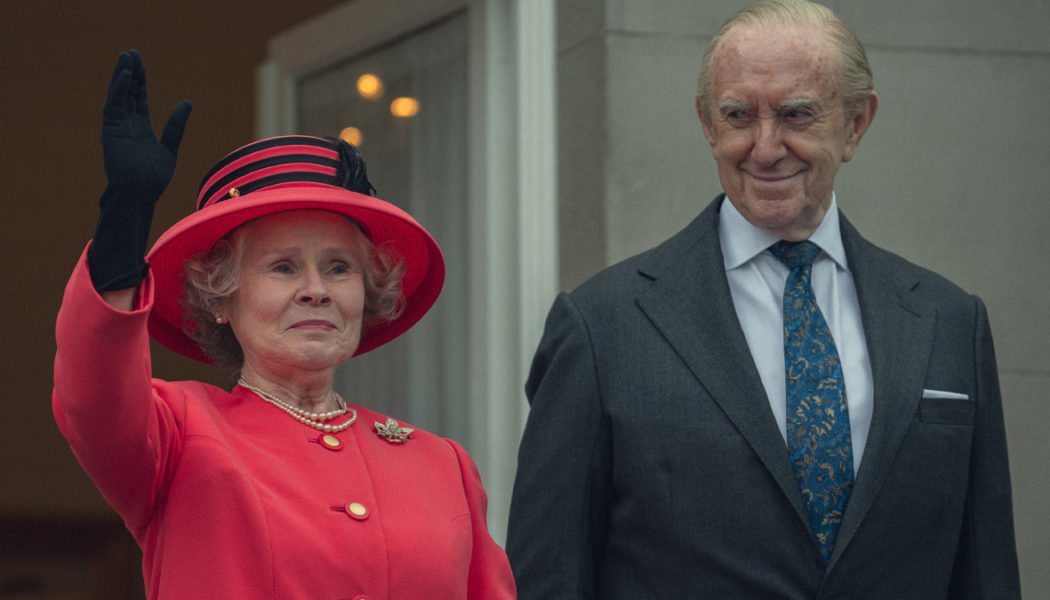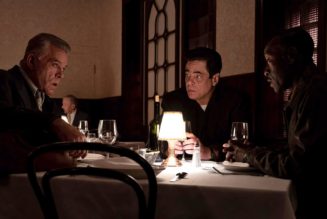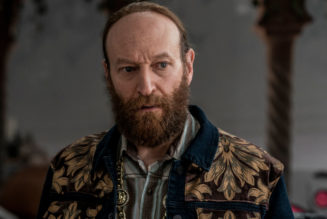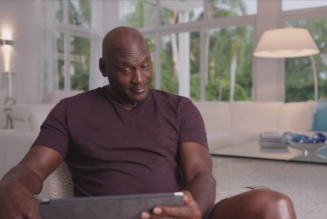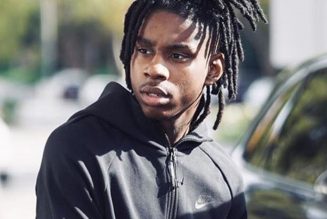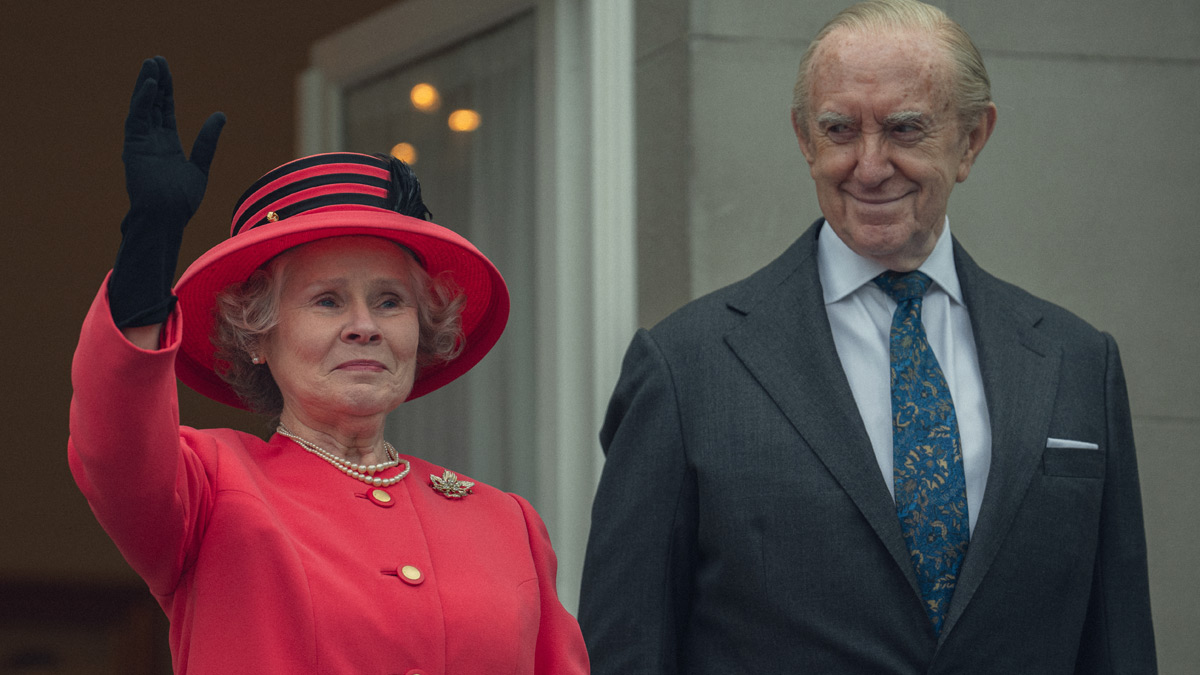
In recent months, creator Peter Morgan and even Netflix co-CEO Ted Sarandos have begun referring to The Crown as “a love letter to Queen Elizabeth II.” It’s a description that feels a little out of alignment with the reality of the show, if only when you consider the real-life royal family’s complicated relationship with the series. Yet, in watching the final episodes, that angle does stand out more prominently than ever before, though how the show expresses its love isn’t quite what you’d think.
Watching The Crown bid adieu this year carries more weight than the typical series finale, as it feels like one of the last shows standing from a different era of Netflix programming. The series first premiered in 2016, the same year as Stranger Things — at that point in time, Kevin Spacey was still the star of House of Cards and the platform’s corner of the Marvel universe was only getting larger thanks to the first season of Luke Cage. A January 2016 press release declared the network’s bold intention to release 31 new and returning original series that year; in 2023, coming up with a complete total is difficult given the vast amount of international series and other kinds of acquisitions, but the number is not lower than 75.
Netflix releases a lot more shows these days, but they tend not to last as long: These days, even getting to a sixth season is a rare accomplishment for a streaming series, and watching these final episodes of The Crown reveal what a shame that is. There’s a significance, a weight, that a show acquires the longer it progresses; when Season 6 indulges in a bit of nostalgia for the people these characters were in their youth, it simply hits differently than it would in a show with a shorter lifespan. That’s the beautiful thing about long-running television — at a certain point, it can become embedded in our lives, a regular ritual to look forward to.
Related Video
The Crown Season 6 debuted its first four episodes last month — an unconventional split (since the season is 10 episodes long) but one that made sense on viewing, as Episodes 1-4 tackled the final weeks of the life of Princess Diana (Elizabeth Debicki), and the immediate aftermath of how her shocking death affected those left behind.
Netflix put limits on what critics are allowed to mention in their reviews of the remaining episodes, but it’s safe to say that they continue moving the story of the royal family forward, closer to the present. This means that the series is chronicling events that remain pretty clear in the memory of anyone who was alive at that moment, which proves a bit disconcerting. (Dear millennials, please be prepared to watch your own teenage years become fodder for period dramas very soon; an unavoidable consequence of this planet continuing to spin and movies and TV shows continuing to be made.)
Diana still looms large over Part 2 of Season 6 (in much the same way she still looms large in the public consciousness). However, the drama shifts in a significant way to focus on Prince William (Ed McVey), as Morgan digs hard into “Willsmania” (literally the title of Episode 5), and the particulars of William being thrust even further in the public eye.
